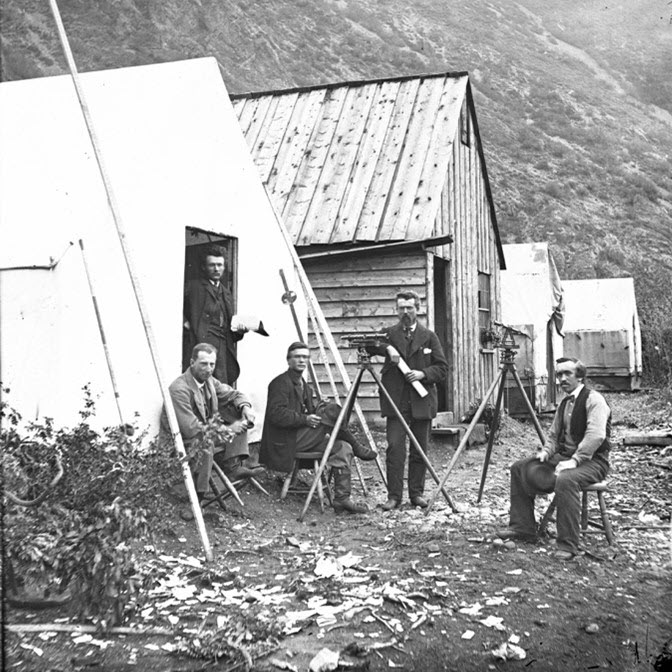Railroad Surveying In 1800s
 The American Society of Civil Engineers shared an interesting article with five facts about railroad surveying in the 1800s. What do you think about these:
The American Society of Civil Engineers shared an interesting article with five facts about railroad surveying in the 1800s. What do you think about these:
1- In 1831, American William J. Young invented the Transit, a rugged, lightweight, easy-to-use alternative to the traditional English theodolite instrument.
2- In the 1830s in the U.S., civil engineers began using 50-foot and 100-foot “engineer’s chains” instead of the 66-foot Gunter’s chain to more accurately survey roads, canals, and railroads.
3- The crews conducting surveys for the early railroads were called field engineer crews, not survey crews, and their camps were called engineer camps, not survey camps.
4- The first job for young civil engineers was usually as a member of a field engineering crew conducting surveys. They referred to themselves as engineers, not as surveyors.
5- Both Grenville Dodge, chief engineer of the Union Pacific Railroad, and William Hood, chief engineer of the Southern Pacific Company, started their civil engineering careers as axe-men on surveys for railroads.
